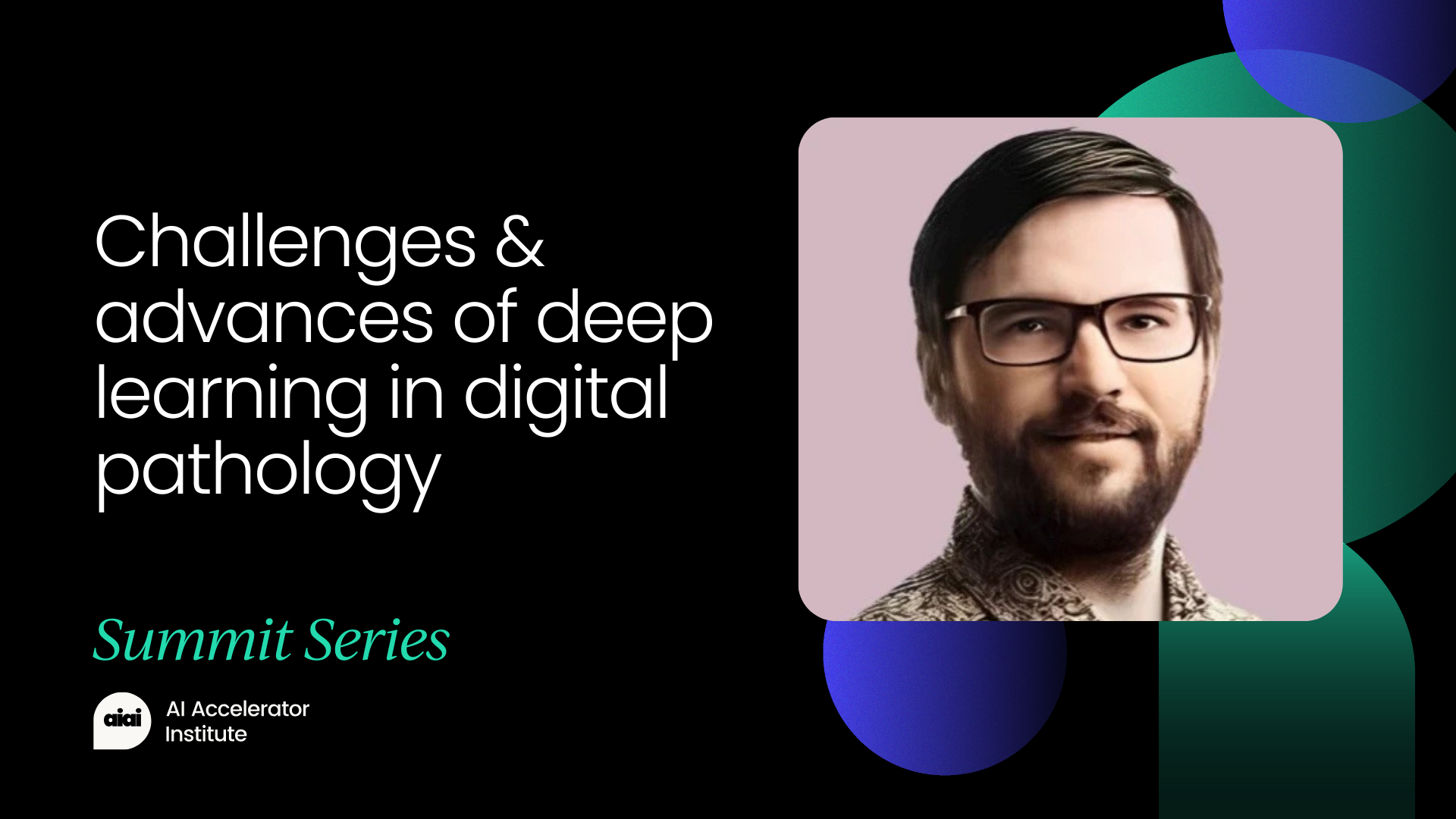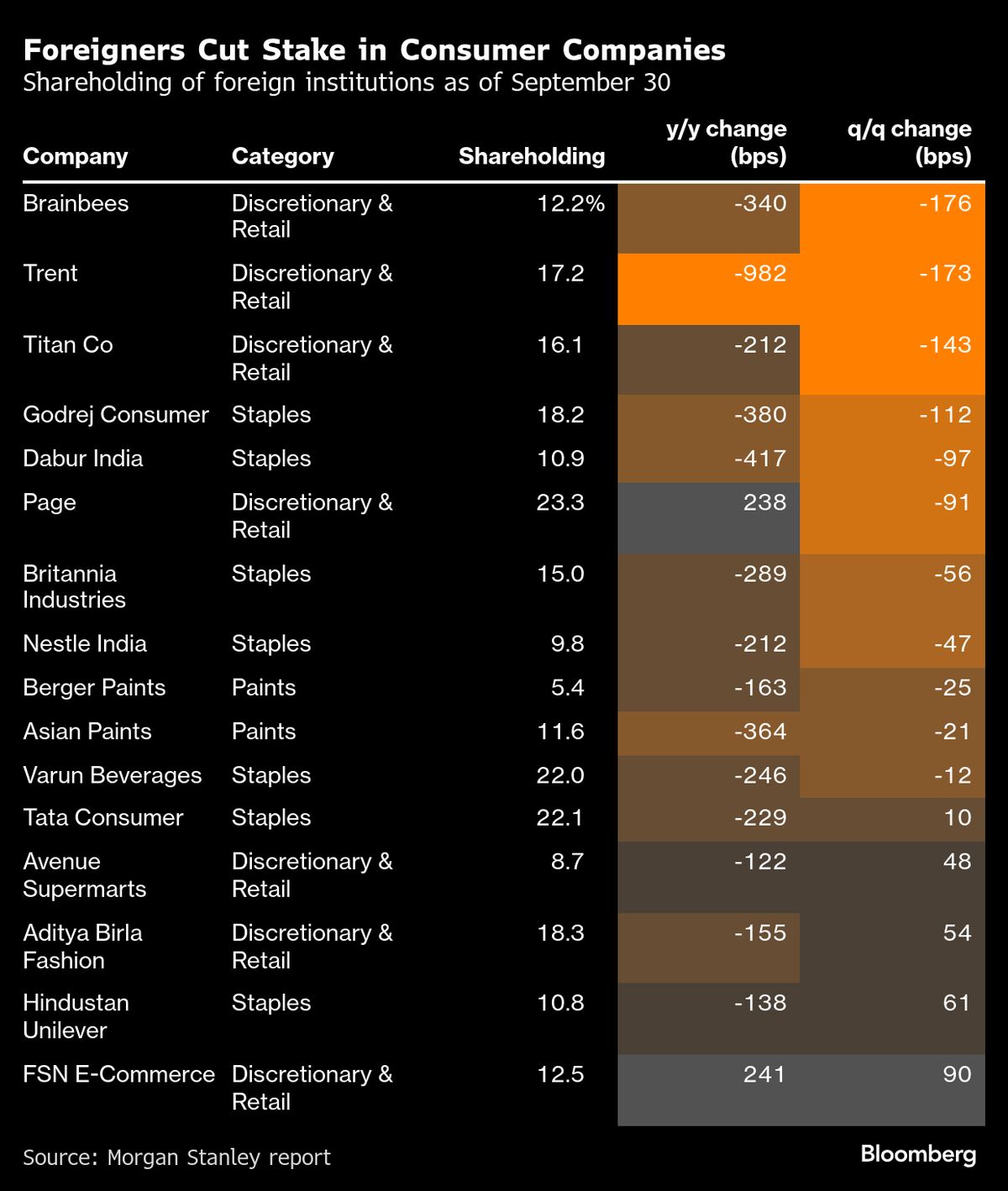Smarter Safety with AI + Vision: A Tech Blog on Industrial Risk Monitoring
PositiveArtificial Intelligence

This blog highlights the transformative potential of AI and vision technology in enhancing worker safety within industrial operations. By moving beyond traditional safety protocols, the integration of deep learning and real-time tracking can create a more dynamic and predictive safety environment. This matters because it not only protects workers but also improves operational efficiency, making workplaces safer and more productive.
— Curated by the World Pulse Now AI Editorial System



